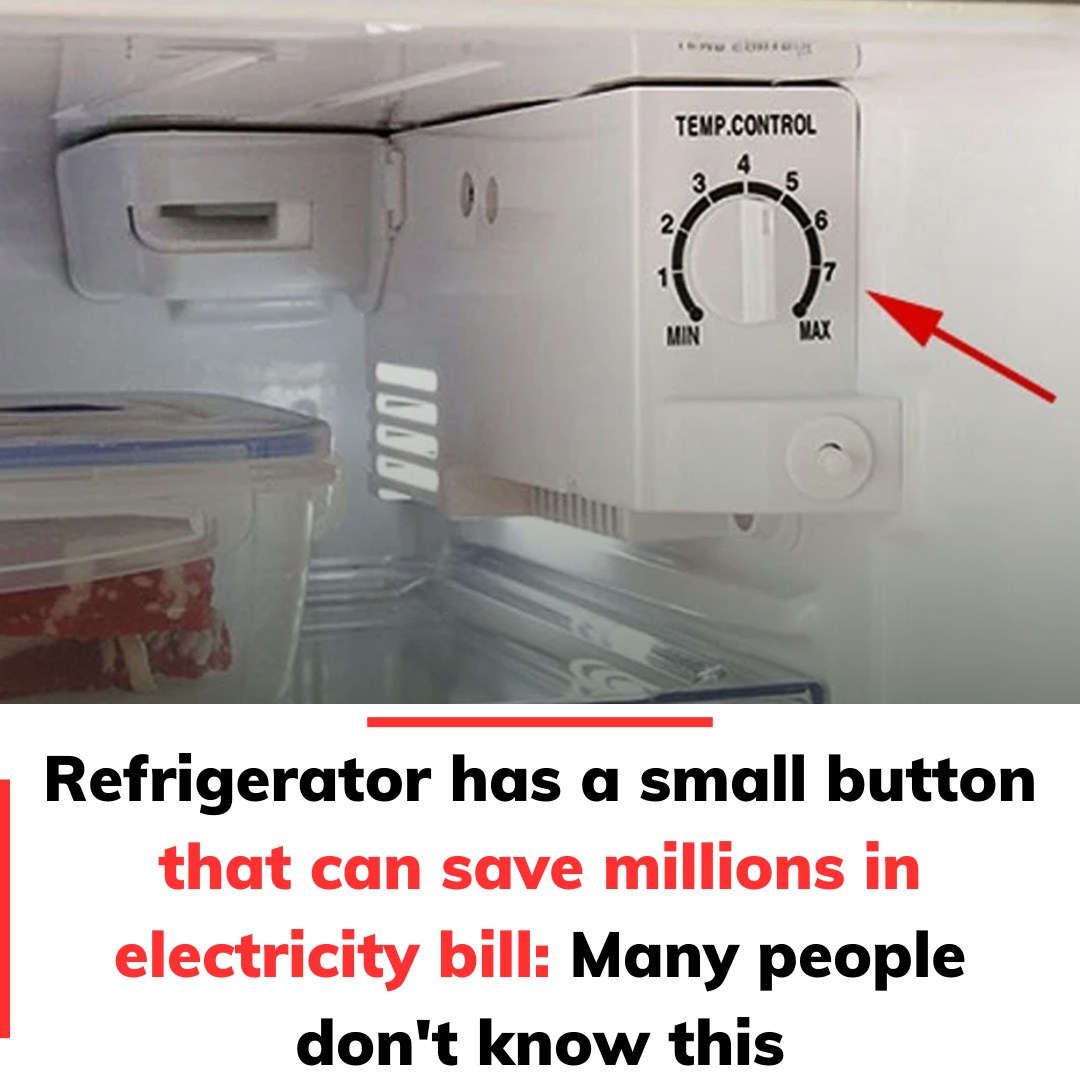Refrigerators are the unsung heroes of modern kitchens, running 24/7 to keep our food fresh and safe. However, they’re also among the most energy-consuming appliances in any household. With electricity costs rising and environmental concerns growing, every bit of energy savings counts. Surprisingly, there’s a simple adjustment you can make during winter that can significantly cut down your electricity bills without compromising food safety. Yet, many people remain unaware of this easy trick. Let’s explore how adjusting your refrigerator’s settings in winter can lead to noticeable savings and dive into other energy-efficient habits you can adopt.

How Refrigerator Temperature Impacts Energy Consumption
According to data from energy agencies worldwide, a standard refrigerator consumes between 50–75 kWh per month. This places it among the top three energy guzzlers in most homes, right after electric stoves and water heaters.
Refrigerators are designed to maintain consistent internal temperatures regardless of the season, but external temperatures do have an impact on their performance. In summer, refrigerators work harder to stay cool, battling against the heat. In winter, the surrounding temperature drops, making it easier for the appliance to maintain optimal conditions. This seasonal difference creates an opportunity to adjust your refrigerator settings and reduce unnecessary energy use.
Adjusting Your Refrigerator Temperature in Winter
Modern refrigerators typically have temperature control settings ranging from 1 to 5 or 1 to 6. During hot summer months, people often crank their refrigerators to the highest cooling levels. However, in winter, the cooler ambient temperatures mean the fridge doesn’t need to work as hard.
Recommended Winter Settings:
- Fridge Compartment: Level 1 or 2 (2–5°C / 35–41°F)
- Freezer Compartment: Around -18°C (0°F) for frozen foods and seafood
This adjustment ensures your refrigerator operates efficiently without overworking the compressor. A properly adjusted setting not only saves energy but also prevents the appliance from unnecessary wear and tear.
Additionally, the cooling requirement varies based on how full your refrigerator is:
- Light Load: Lower cooling settings are sufficient.
- Heavy Load: Higher cooling settings might be necessary to maintain even temperatures.
Additional Tips to Save Energy with Your Refrigerator
While adjusting the temperature setting is a great start, there are more habits you can incorporate to make your refrigerator run efficiently.
1. Choose the Right Placement
Where your refrigerator is located can significantly affect its energy consumption:
- Keep it away from heat sources such as ovens, stoves, or direct sunlight.
- Leave at least 4 inches of space between the refrigerator and the wall to ensure proper airflow.
- Ensure the refrigerator is positioned in a well-ventilated area.
These adjustments prevent the appliance from working harder than necessary to expel heat.
2. Avoid Overloading
Overpacking the fridge blocks air circulation, making it harder to maintain consistent temperatures. A moderately stocked refrigerator is ideal, allowing cool air to flow evenly throughout the compartments.
3. Minimize Door Openings
Every time the refrigerator door is opened, cold air escapes, and the compressor has to work overtime to restore the temperature. To prevent this:
- Avoid leaving the door open for extended periods.
- Plan ahead to retrieve all needed items in one go.
4. Check the Door Seals
Faulty or worn-out seals allow cold air to leak, making the refrigerator work harder. Inspect your refrigerator seals regularly and replace them if they’re loose or damaged.
5. Regular Maintenance
- Clean the coils at the back of the refrigerator every six months to ensure efficient heat dissipation.
- If your refrigerator isn’t frost-free, defrost it regularly to prevent ice buildup, which can reduce efficiency.
Why These Changes Make a Difference
These small, seemingly insignificant adjustments collectively create a noticeable impact on energy consumption. Lowering the cooling level in winter, optimizing fridge placement, and maintaining good habits reduce not only your electricity bill but also your carbon footprint. Additionally, these habits prolong the life of your refrigerator by reducing strain on its compressor and other key components.
Embrace a Sustainable Lifestyle
Reducing refrigerator energy consumption is not just about cutting costs—it’s also about adopting a sustainable lifestyle. Every kilowatt-hour saved reduces demand on power grids and lessens environmental strain. Plus, these changes are easy to implement and require no special tools or expertise.
Final Thoughts
Your refrigerator is one of the hardest-working appliances in your home, but it doesn’t have to be a burden on your electricity bill. By simply adjusting its temperature settings during winter and adopting mindful habits like minimizing door openings and regular maintenance, you can save a significant amount of energy throughout the year.
Take a moment today to check your refrigerator’s temperature settings, ensure proper placement, and inspect the door seals. These quick adjustments take just a few minutes but can make a world of difference on your next energy bill.
If you found these tips helpful, share them with friends and family. After all, saving energy is a team effort, and small changes can lead to big results!





